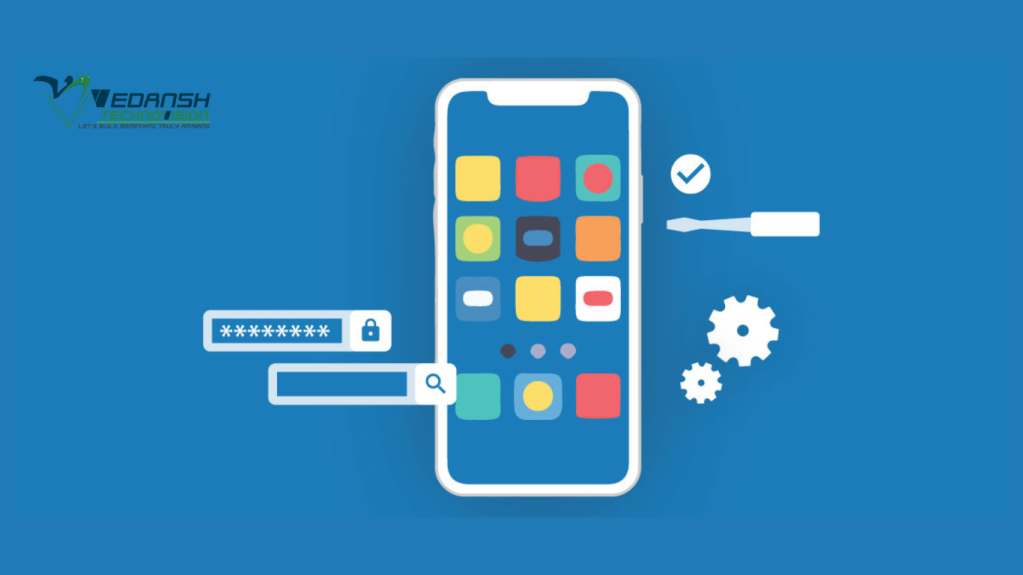
In today’s digital era, mobile applications have become an integral part of our lives. Whether it’s for communication, entertainment, or productivity, mobile apps play a crucial role in enhancing our daily experiences. Behind every successful mobile app, there is a complex development process, and XML (eXtensible Markup Language) is a vital tool used by developers to structure and organize app data. In this article, we will delve into the steps involved in mobile app development with XML, exploring how this markup language contributes to the creation of efficient and robust applications.
Table of Contents:
Understanding XML in Mobile App Development
Planning and Conceptualization
User Interface Design
Backend Development
Database Integration
XML Integration
Testing and Debugging
Deployment and Distribution
Maintenance and Updates
Conclusion
Understanding XML in Mobile App Development:
XML, short for eXtensible Markup Language, is a markup language that defines rules for encoding documents in a format that is both human-readable and machine-readable. It provides a structured way to store, transport, and manipulate data. XML is widely used in mobile app development due to its flexibility, simplicity, and compatibility with various platforms.
Planning and Conceptualization:
Before embarking on the development process, it is crucial to plan and conceptualize the mobile app thoroughly. This step involves defining the app’s purpose, target audience, features, and desired functionality. By having a clear vision of the app’s objectives, developers can determine how XML will be utilized to structure and manage data within the application.
User Interface Design:
Once the app’s concept is defined, the next step is to design an intuitive and visually appealing user interface (UI). XML plays a significant role in UI design by facilitating the creation of layout files that define the app’s screen structure, including buttons, text fields, images, and other UI elements. These layout files are written in XML and provide a foundation for organizing the app’s visual components.
Backend Development:
After designing the UI, developers move on to the backend development stage. This phase involves writing the logic and code that powers the app’s functionality. XML is utilized to define data models, establish data structures, and enable communication between the app’s frontend and backend components. XML helps in structuring the data in a hierarchical format, ensuring efficient data retrieval and manipulation.
Database Integration:
Mobile apps often rely on databases to store and retrieve user data, preferences, and other relevant information. XML can be used to integrate databases into mobile applications. By defining XML schemas and utilizing XML queries, developers can interact with databases, perform CRUD (Create, Read, Update, Delete) operations, and ensure data integrity.
XML Integration:
At this stage, XML is fully integrated into the app’s development process. Developers utilize XML to define and manage various aspects of the application, such as configuration files, resource files, data exchange formats, and more. XML enables developers to maintain a standardized and consistent approach to structuring and organizing app-related data.
Testing and Debugging:
Testing is an essential phase in mobile app development. Developers use XML to create test cases, mock data, and define test scenarios. XML-based tools and frameworks can aid in automating the testing process, ensuring that the app functions as intended across different devices and operating systems. XML also plays a crucial role in debugging by providing clear error messages and traceability.
Deployment and Distribution:
Once the app is thoroughly tested and deemed ready for release, developers proceed to deploy and distribute it to users. XML can be used to package the app’s resources, configure deployment settings, and define metadata required for distribution.
Leave a comment